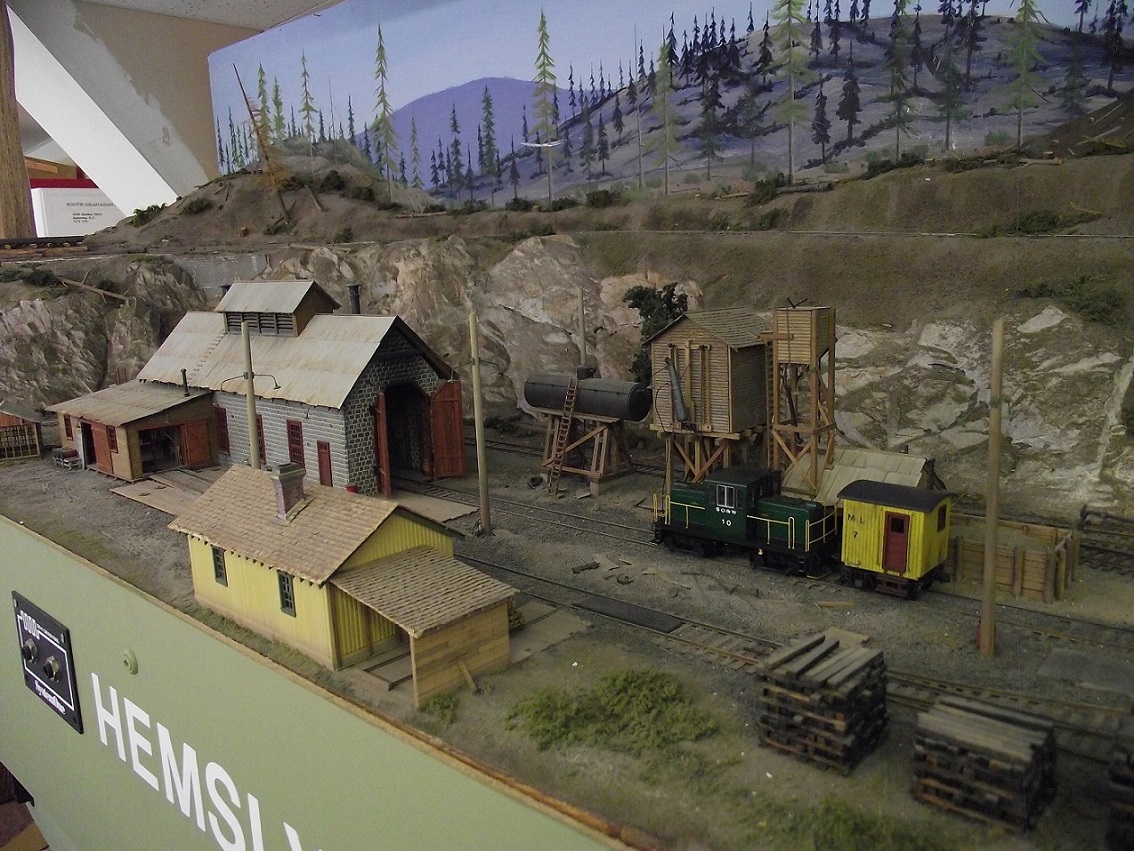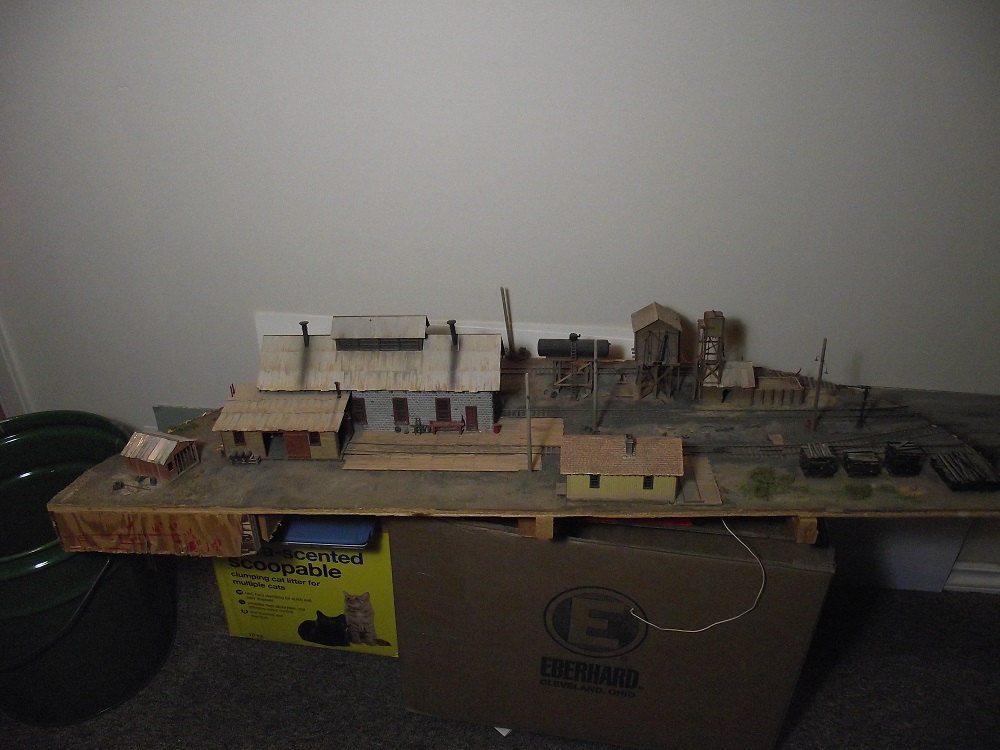10-24-2021, 09:25 AM
A model railroader that I knew passed away suddenly a few months ago. He had a fairly large layout, double decked 45X 15' that was very well detailed. I always admired his work and when he passed I wished I could get a section of his layout to use as a diorama, or even incorporate it into my layout.
My friend and I were wondering what happened to his layout since we weren't involved in the take down on it but a few weeks ago some of his equipment started to show up on Ebay. and this past week the section of the layout that I had always wanted went up for sale. Here's a few pictures of the section 'Hemsley' taken in 2016 while it was on his layout:


Hemsley was built by another model railroader that I knew and the owner of this layout incorporated it into this one. I believe the structures are a mix of scratchbuilt and Campbells.
Anyway, Hemsley was for sale for the low price of 26$ and I only had to think about it for about 3 seconds before hitting the 'buy in now' button. Yesterday My friend and I drove about an hour away to pick it up. This is what I got:


The section is 41X15" unfortunately it was removed with either a Jig saw or Sawz-all and the sides and back cuts are a bit butchered as well as the track.
My friend and I were wondering what happened to his layout since we weren't involved in the take down on it but a few weeks ago some of his equipment started to show up on Ebay. and this past week the section of the layout that I had always wanted went up for sale. Here's a few pictures of the section 'Hemsley' taken in 2016 while it was on his layout:
Hemsley was built by another model railroader that I knew and the owner of this layout incorporated it into this one. I believe the structures are a mix of scratchbuilt and Campbells.
Anyway, Hemsley was for sale for the low price of 26$ and I only had to think about it for about 3 seconds before hitting the 'buy in now' button. Yesterday My friend and I drove about an hour away to pick it up. This is what I got:
The section is 41X15" unfortunately it was removed with either a Jig saw or Sawz-all and the sides and back cuts are a bit butchered as well as the track.



